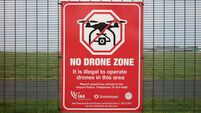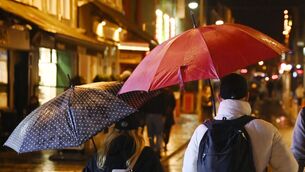Crack usage on the rise in North
Crack cocaine abuse is on the rise in the North. In one health board area alone, more than 30 registered addicts admitted taking it.
The revelation came as police analysts identified potential shifts in the underworld drugs trade, where cannabis is still the top product sold by paramilitary dealers.













